Earth news stories

The moon will partially cover the sun in the UK later this week, but some parts of the northern hemisphere will experience a total eclipse
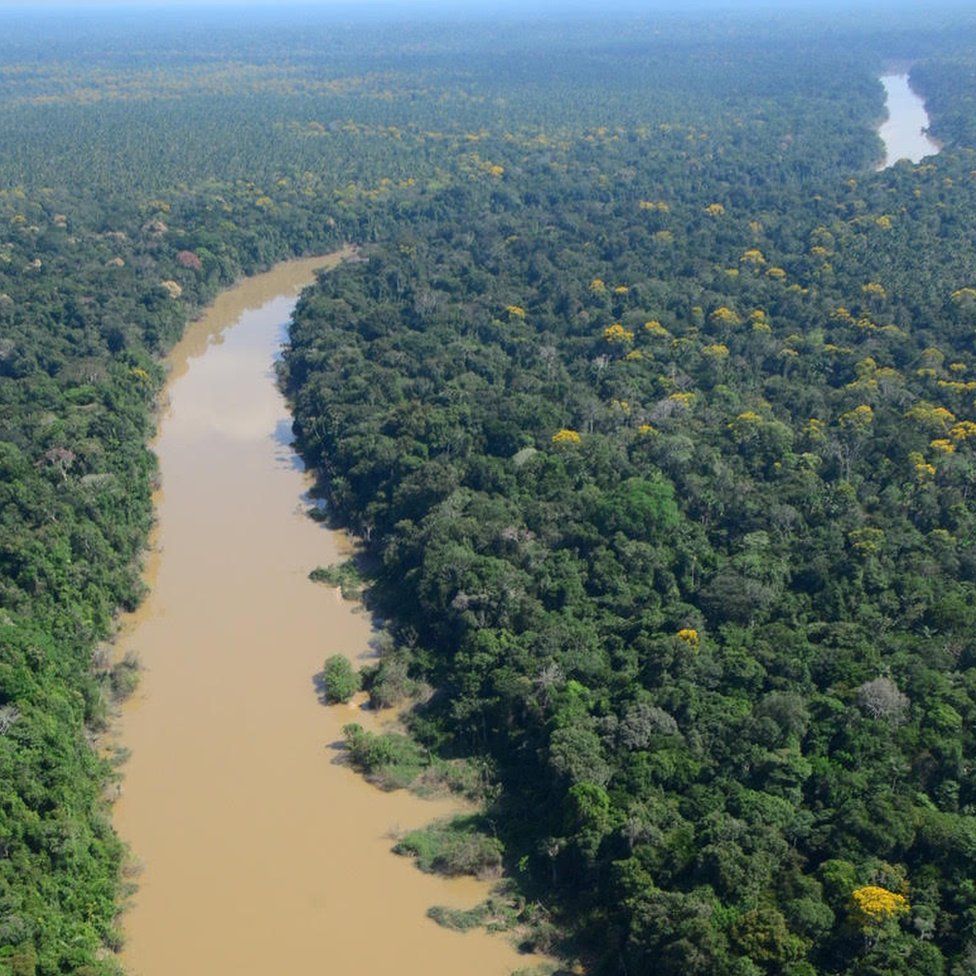
A study that dug into the history of the Amazon Rainforest has found that indigenous people lived there for millennia with “causing no detectable species losses or disturbances”.

Knowledge of medicinal plants is at risk of disappearing as human languages become extinct, a new study has warned.
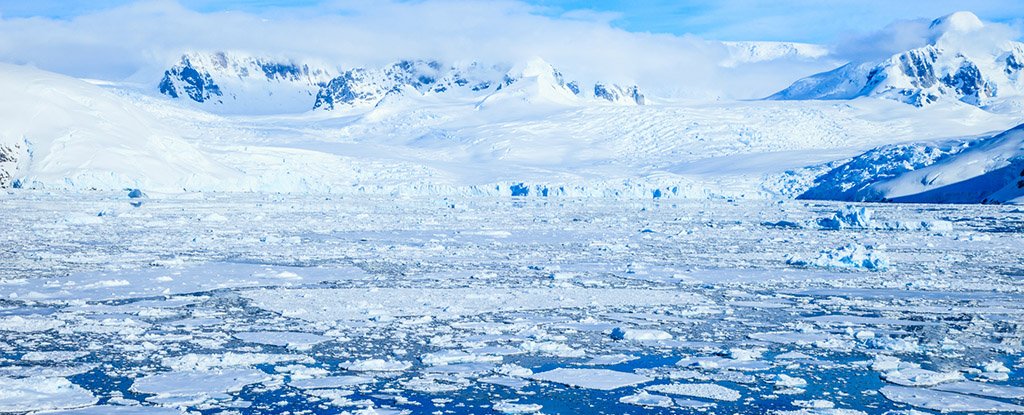
When we think of Antarctic exploration, the narrative is overwhelmingly white. Now, a new paper by New Zealander researchers suggests that the indigenous people of mainland New Zealand – Māori – have a significantly longer history with Earth’s southernmost continent.

Scientists are proposing a new theory of human evolution. A groundbreaking new analysis of data suggests that key evolutionary changes in prehistory were driven by cyclical changes in tropical climate.

Scientists have been uncorking long, thin cylinders of soil from wetlands and riverbeds in an attempt to look back in time and understand the impact humans have had on nature. The results have made them radically rethink previous assumptions about when this started.

Here’s a mystery: Ancient fossils show animals originating from South America in the Antilles islands off Central America, but how did they get over the sea? The answer is via land masses that have long since sunk from view under the ocean, according to a new study.
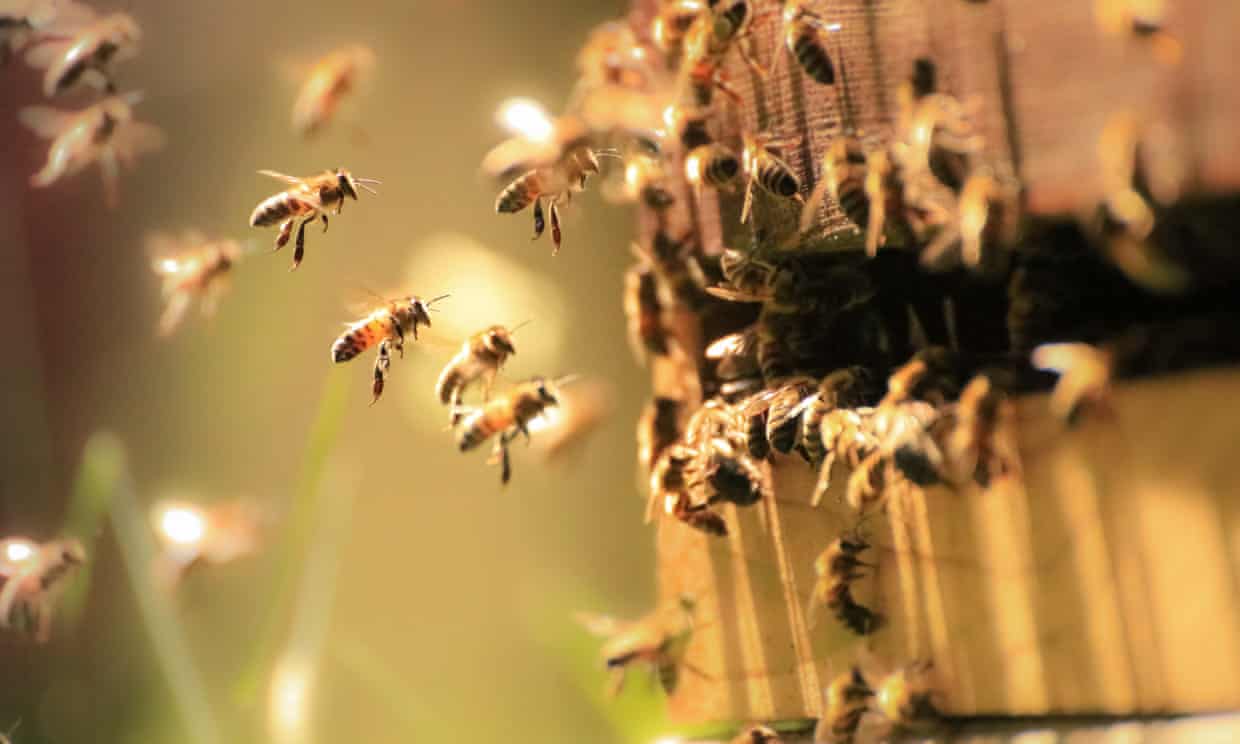
UK government proposals to recognise vertebrates as sentient beings are welcome, but this should be just the start.
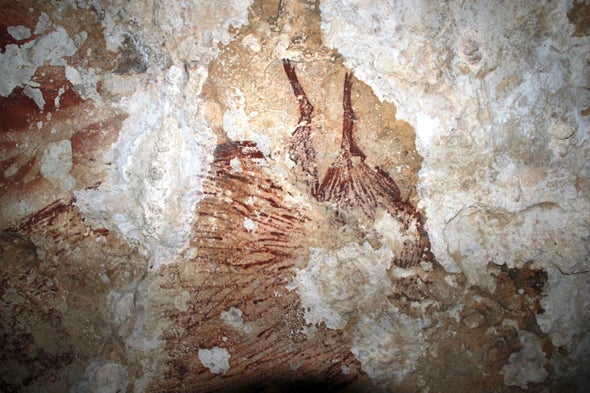
New research reports that ancient rock art in Indonesian caves is degrading over time, as bits of rock slowly flake away from the walls. It’s a tremendous loss for human history — some of these paintings, which depict everything from animals to human figures to abstract symbols, date back about 40,000 years.

Scientists have discovered a rare evolutionary “missing link” dating to the earliest chapter of life on Earth. It’s a microscopic, ball-shaped fossil that bridges the gap between the very first living creatures — single-celled organisms — and more complex multicellular life.
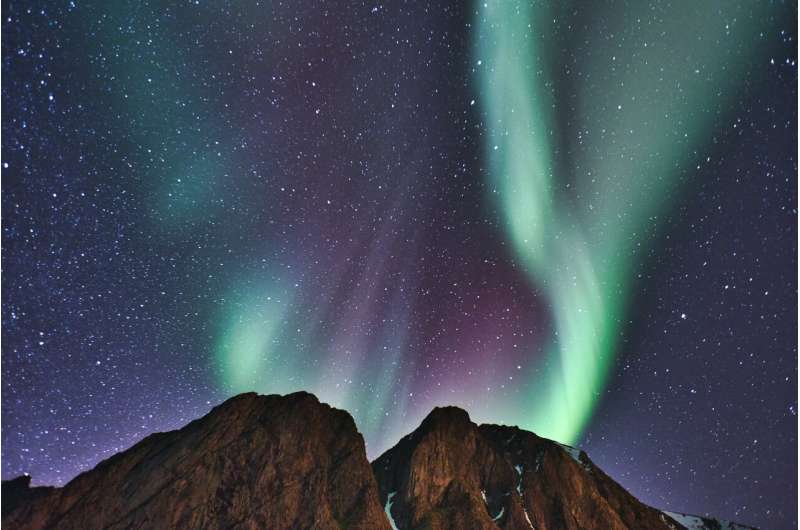
For millennia, humans in the high latitudes have been enthralled by auroras—the northern and southern lights. Yet even after all that time, it appears the ethereal, dancing ribbons of light above Earth still hold some secrets.
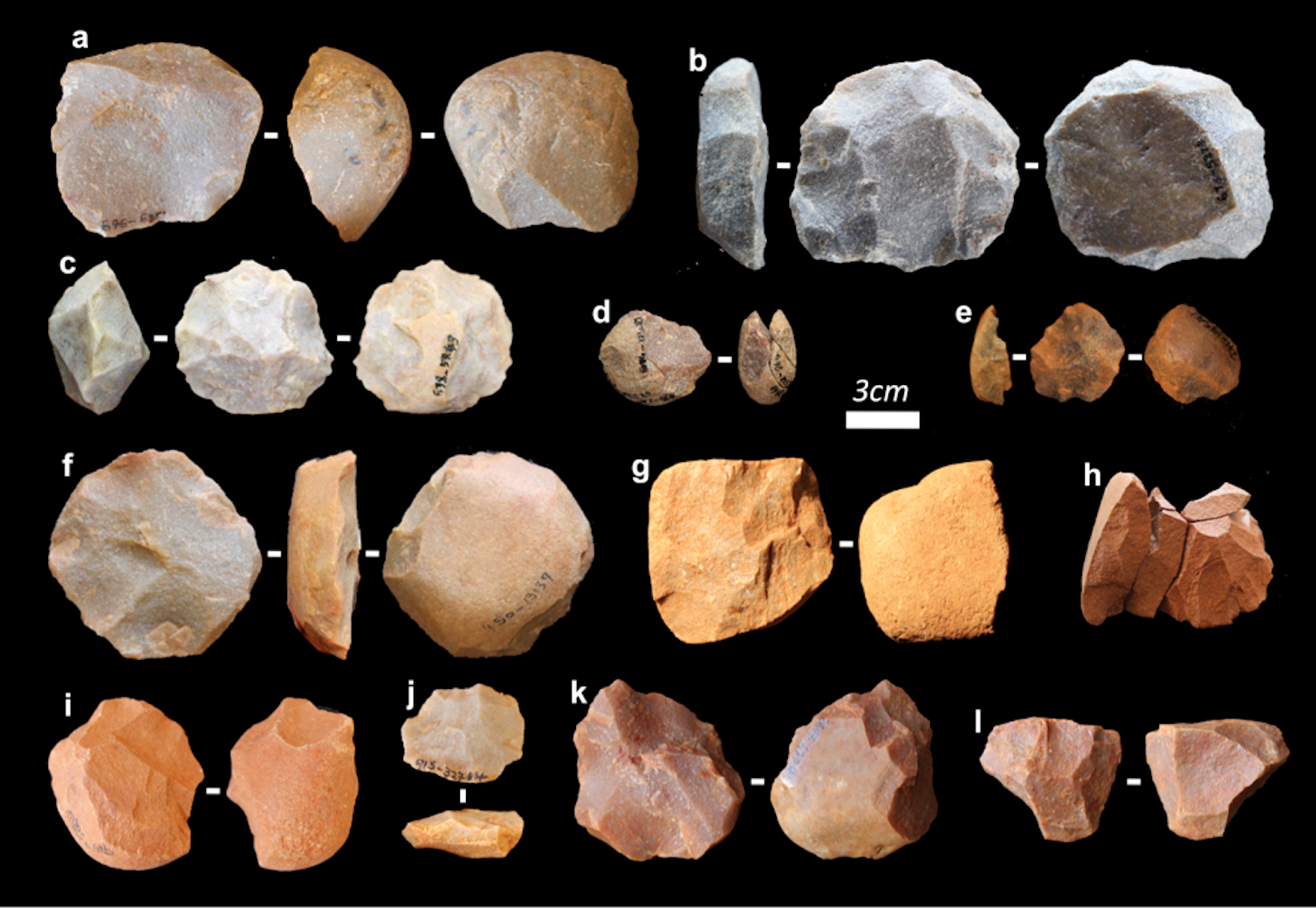
Fields of rust-colored soil, spindly cassava, small farms and villages dot the landscape. Dust and smoke blur the mountains visible beyond massive Lake Malawi. Here in tropical Africa, you can’t escape the signs of human presence. How far back in time would you need to go in this place to discover an entirely natural environment?
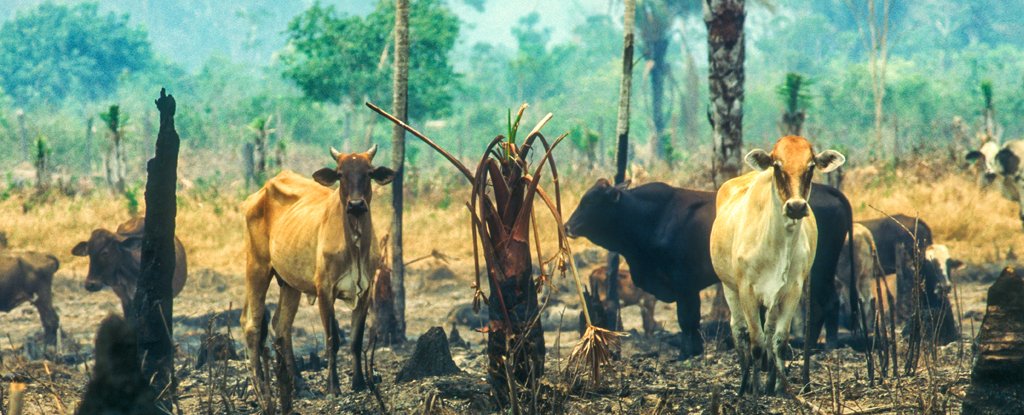
The Brazilian Amazon released nearly 20 percent more carbon dioxide into the atmosphere over the last decade than it absorbed, according to a stunning report that shows humanity can no longer depend on the world’s largest tropical forest to help absorb human-made carbon pollution.

We reveal some of the ways that planet Earth has been changing against the backdrop of a warming world. Here, we look at the effects of global heating on Victoria Falls, one of the natural wonders of the world – and how Sub-Saharan Africa is learning to cope with the climate crisis.

Indigenous Australians have long pointed out that their ancestors have lived on and cared for this continent since time immemorial. Hampered by entrenched misconceptions and outdated curricula, it’s only in recent decades – with discoveries like Mungo Man and Mungo Lady – that science has started to catch up.

Earth’s continents have been leaking nutrients into the ocean for at least 3.7 billion years, new research suggests.








